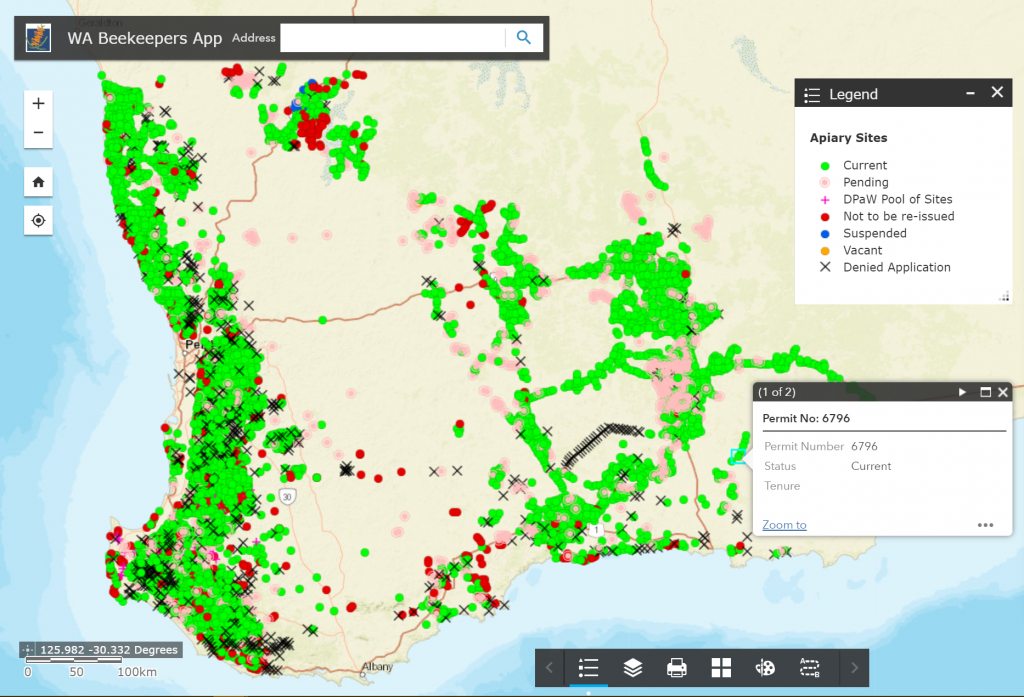We’ve been steadily developing our research capacity at Gaia Resources, and as part of that I am now seconded to work two days a week with the Cooperative Research Centre for Honey Bee Products (CRCHBP) at the University of Western Australia.
The vision of the CRCHBP is ‘To make Australian honey renowned as unique and pure, and priced for its rarity.‘ It is their contention that low prices for Australian honey bee products don’t reflect their uniqueness and purity, and the endemic Western Australian foraging flora and regulated isolation provides opportunities to produce rare honey bee products from healthy bees, and develop this niche market. This federally funded Cooperative Research Centre (CRC) aims to resolve industry problems limiting both the value and expansion of the Australian honey bee products industry. It also plans to contribute to disease insurance policies to address a major global threat to our Australian honey bees.
The research focus for the CRCHBP is trans-disciplinary across four Programs:
-
- Hive Sites – will help protect existing sites, inform bee hive movement and rehabilitate land into new high-value hive sites. Australian Manuka honey will be a new product.
- Bee Health – to contribute to honey bee health, the CRC will work towards future-proofing the bee industry and developing a catalogue of disease markers.
- Honey Products – will add value to the industry through developing honeys from known floral sources for the export market.
- Chain of Custody – will use all the information from the CRC to develop a Chain of Custody. This will be linked to developing and testing product quality labels in the export market.
Of course, I’m particularly interested in the floristics side of things – for example, see my annual publication of FloraBase flora statistics in my role as Research Associate at the WA Herbarium.
Within Program 1, I am working with project leader Dr Bryan Boruff and spatial specialist Dr Manita Narongsirikul to design and develop a spatiotemporal information system to produce an enhanced bee-related floristic vegetation map of the south-west of the State. This project also aims to house and integrate spatial information and research data gathered across the CRCHBP projects and related sites. The current DBCA Beekeepers app (shown below) is the current system for accessing apiary site data in WA and provides a case study for developing a more complete spatial modelling environment to answer CRCHBP and industry research questions. Some of the work already underway, both within the CRC and in other oganisations such as the Department of Biodiversity and Conservation Attractions (DBCA), who manage beekeepers on Crown land in Western Australia.
 The DBCA’s WA Beekeeper App, an interactive map running in ArcGIS online (click here to launch)
The DBCA’s WA Beekeeper App, an interactive map running in ArcGIS online (click here to launch)
Further information on the full range of research projects is available here: http://www.crchoneybeeproducts.com/research-programs/
If you’d like to know more about how we can help you with research programs, data management or spatial information systems, then please leave a comment below, start a chat with us via Facebook, Twitter or LinkedIn, or email me directly via alex.chapman@gaiaresources.com.au.
Alex

Comments are closed.